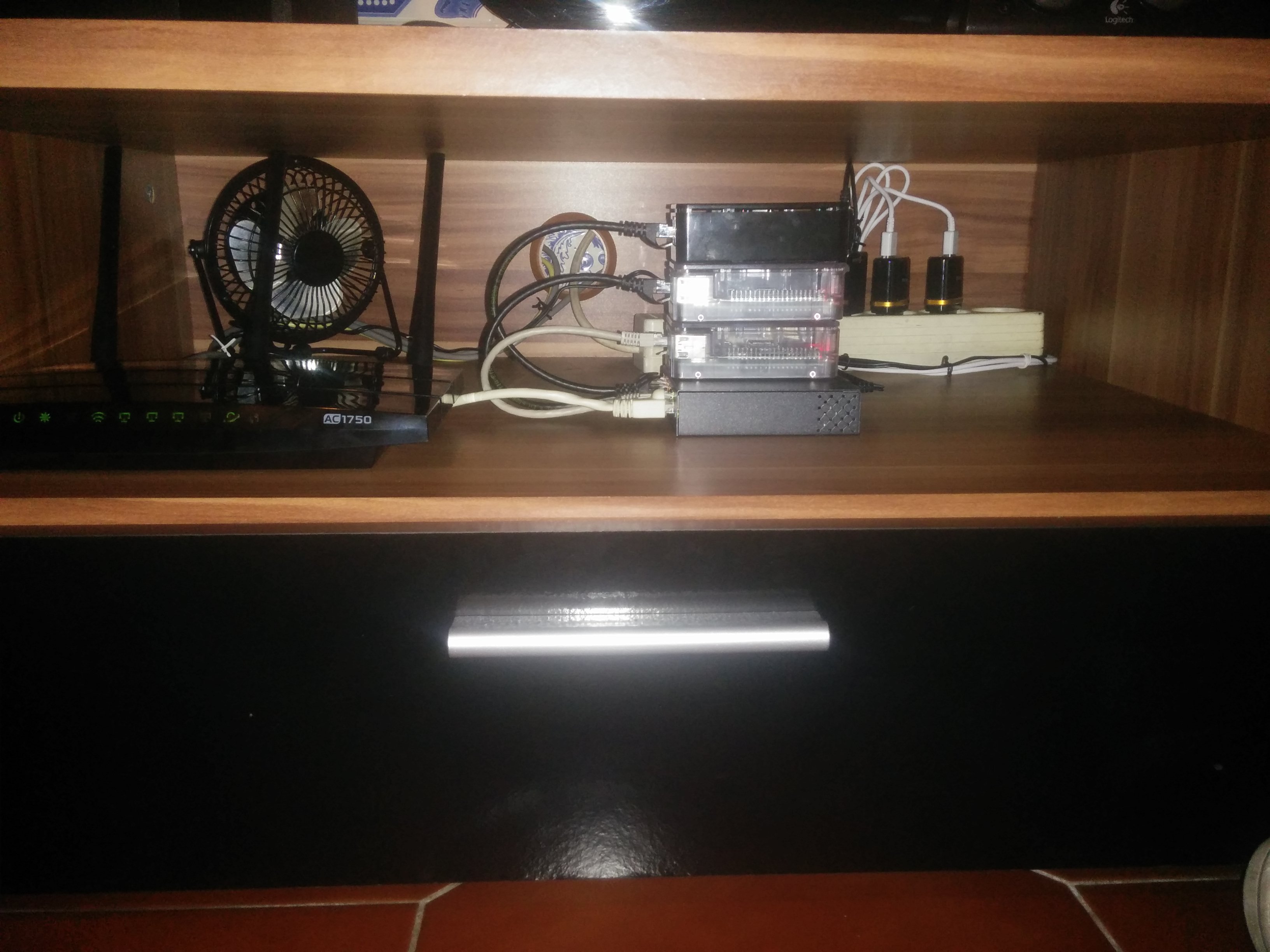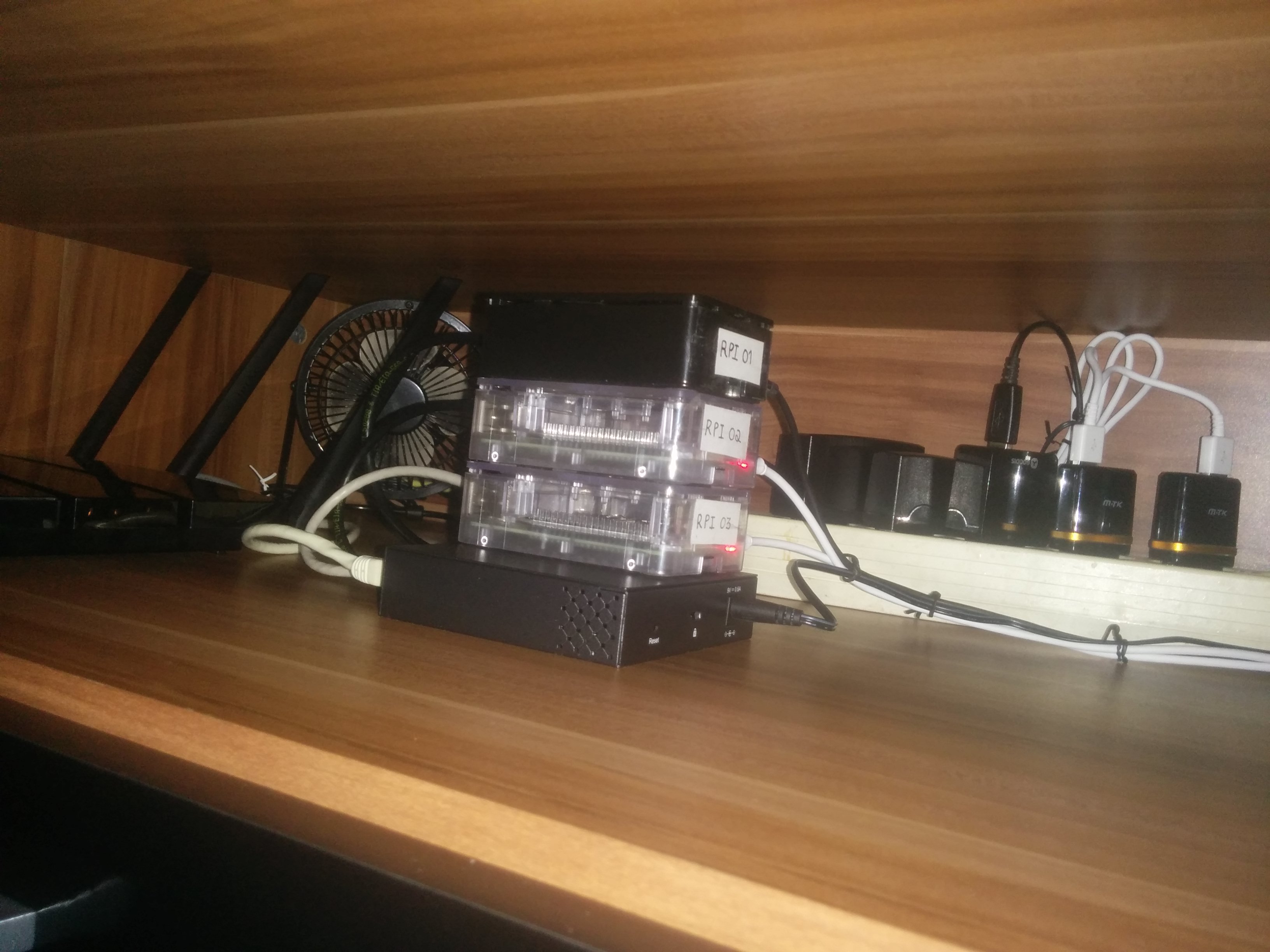Home Pi Data center (Part 1)
Ok, now comes the part you ask, why the hell you need a data center made of RaspberryPi at home?
The answer is simple, for learning purposes!
There are some tools like OpenStack / puppet / Chef / Ansible / Nagios / FreeNAS among many other tools involved in running a data center, that are quite useful on today’s IT infrastructures which, unfortunately, you won’t learn until you get the chance to use them at work or until you really need those tools.
Having this said, no, I don’t work in a place where I have the chance to use such tools, no, I really don’t need them, and a huge NO, I don’t have the money to invest in servers and networking equipment, but YES, I have the will to learn and I want to learn how to use and set-up those tools and, at least have a basic understanding of their usage and functionalities, so … I decided to make small, low budget, (kind of) Data Center at home powered with raspberry pis’ and perhaps use it to support the three VPS I already own.
Now comes the interesting part,
What am I really using?
Between some slavaged parts that I already had at home and some I bought for this project, what is already in place and Working:
3 x Raspberry Pi 3 with Fedora 25 ARM (One was a christmas gift)
3 x Raspberry Pi 3 cases.
1 x TP-Link Archer C7 with OpenWRT (will make a post about it latter, meanwhile if you want to install OepnWRT in an Archer C7 or another supported router, look at the OpenWRT wiki which is very well documented)
1 x tp-link 5-Port Gigabit Easy Smart Switch (TL-SG105E)
3 x 5v 2.4amps mobile phone chargers bought from the local chineese store.
2 x 32GB MircoSD Card which I already had, and are the cheapest ones I could find
1 x 16GB MicroSD Card (once again the cheapest one I could find)
1 x USB ffan that was gifted to me sometime ago
What’s still missing?
A Network storage
Until I can afford to buy a decent NAS, I will use a Docking Station that I’ve been using for several years with a couple of salvaged hard drives plugged via USB to one of the pis'
A KVM capable computer to use as OpenStack server
well … this one will surely be the last one, I have yet to find the best way to do it, maybe I’ll salvage some parts from my laptops graveyard, or hope I can afford to buy better hardware for it.
There follow some pics how is it looking so far:


